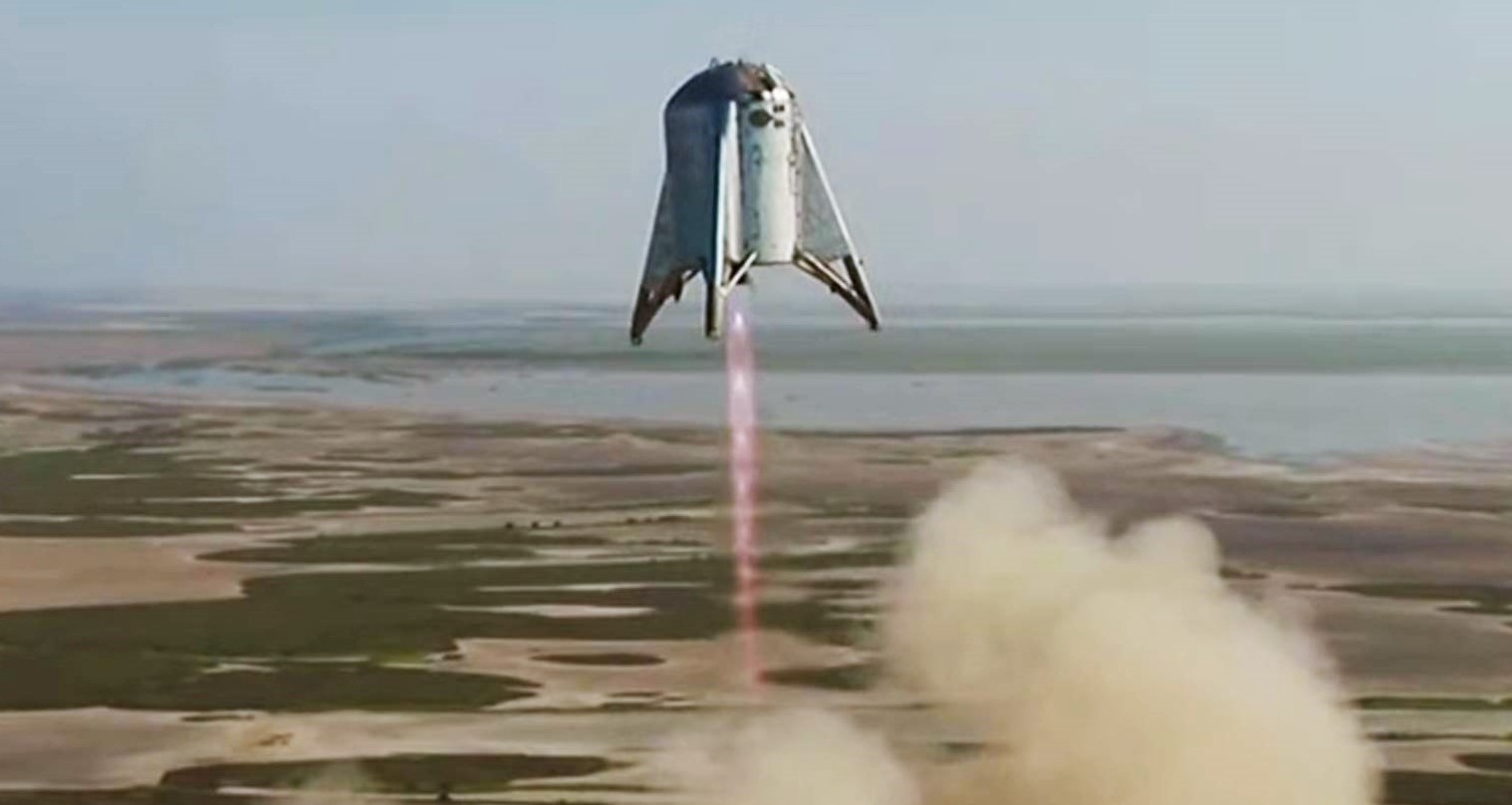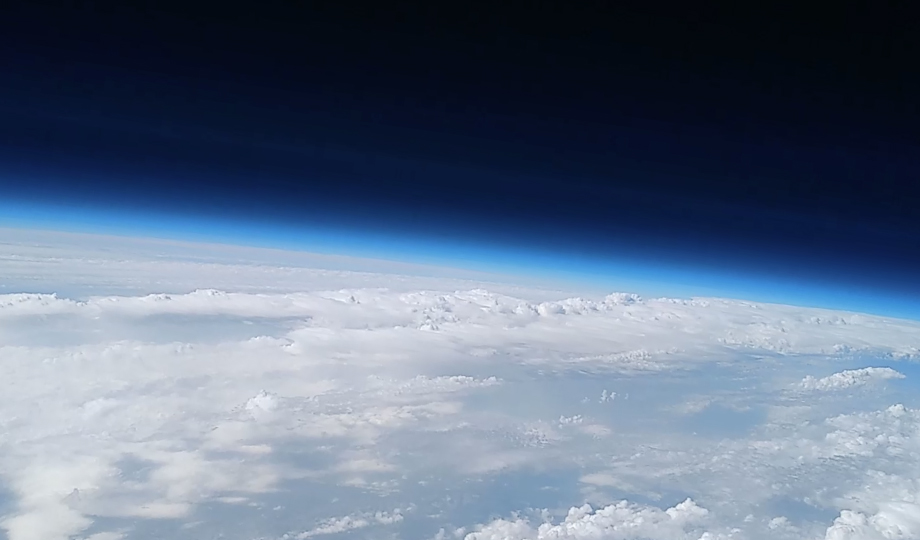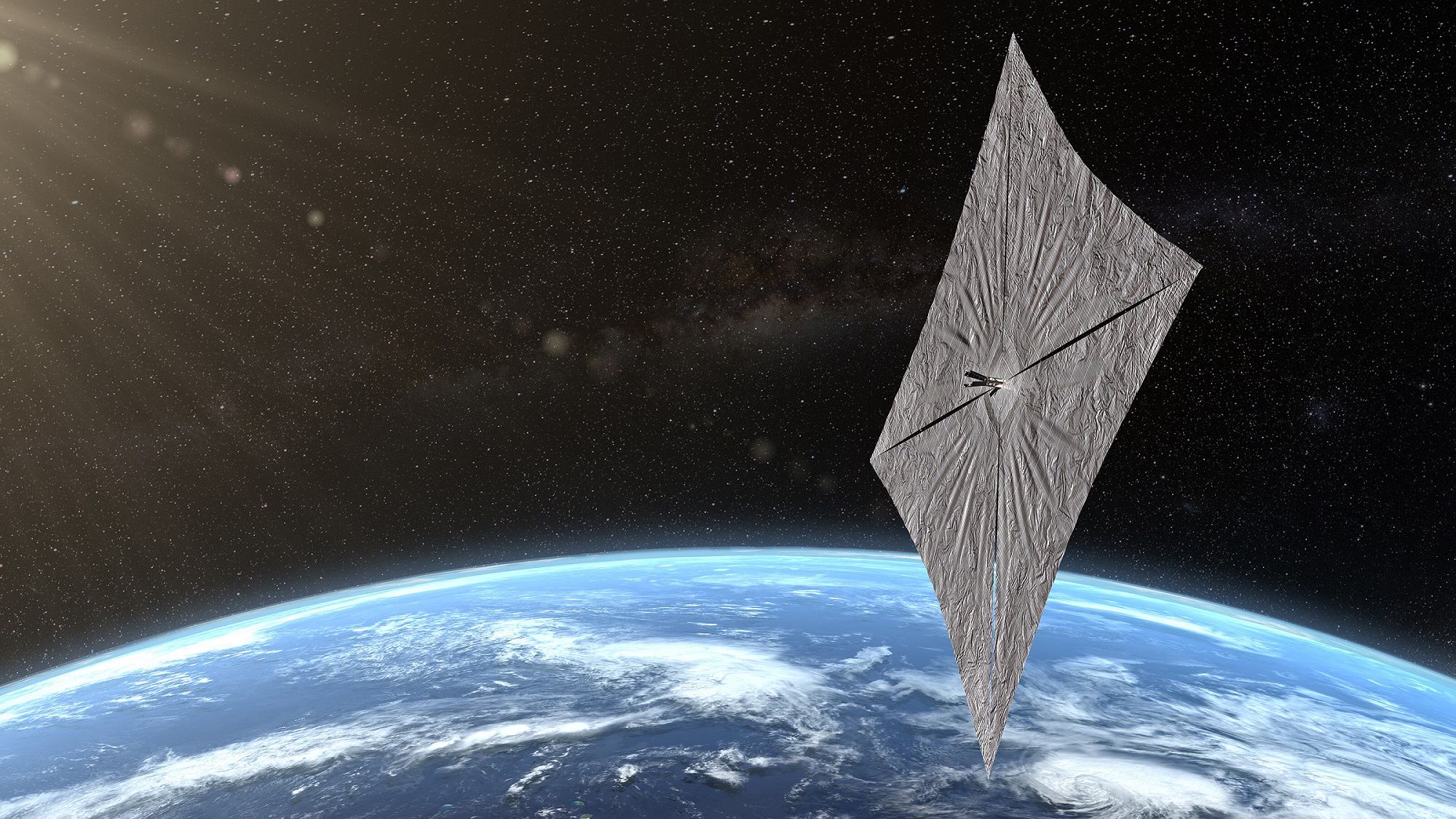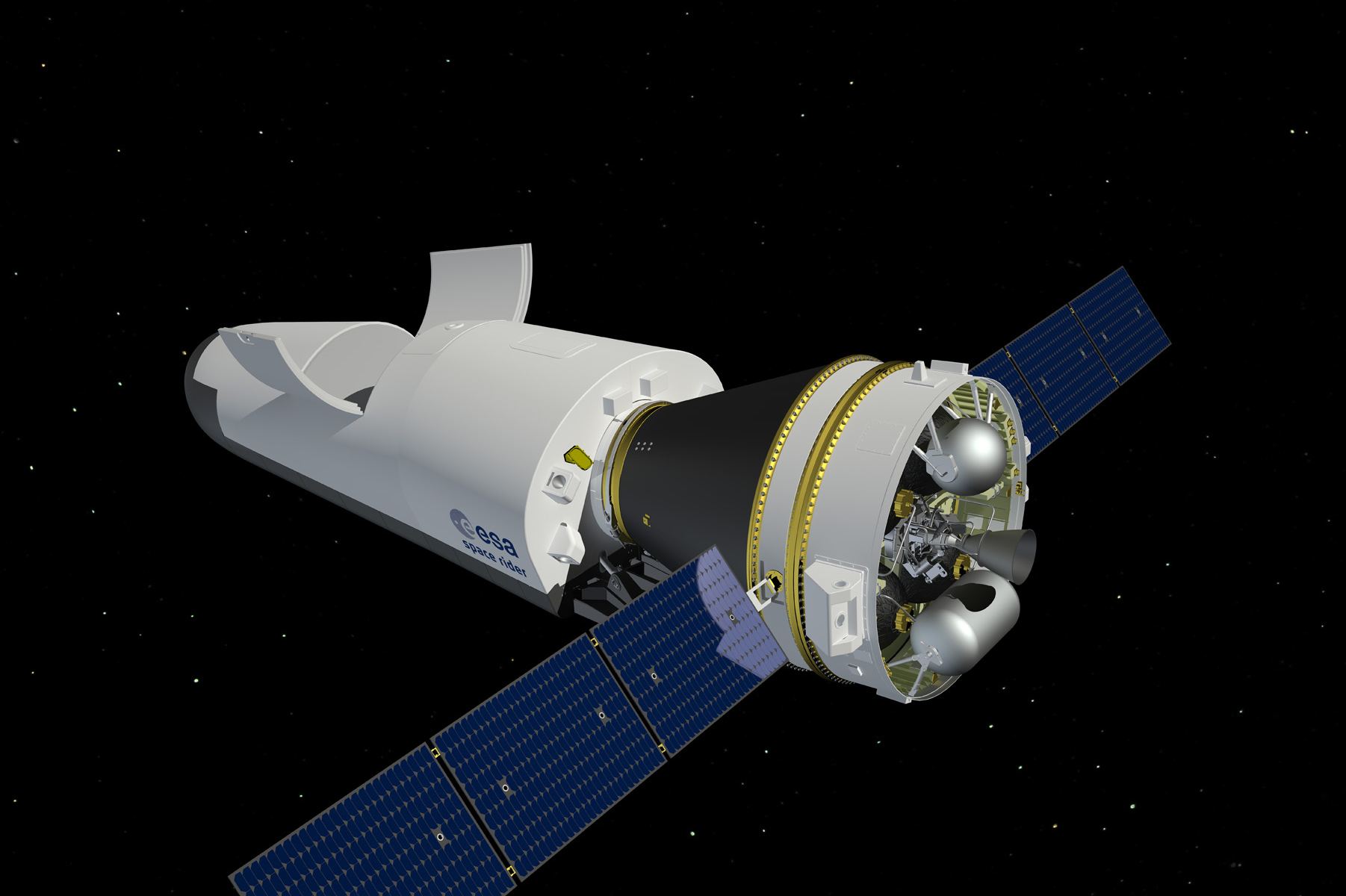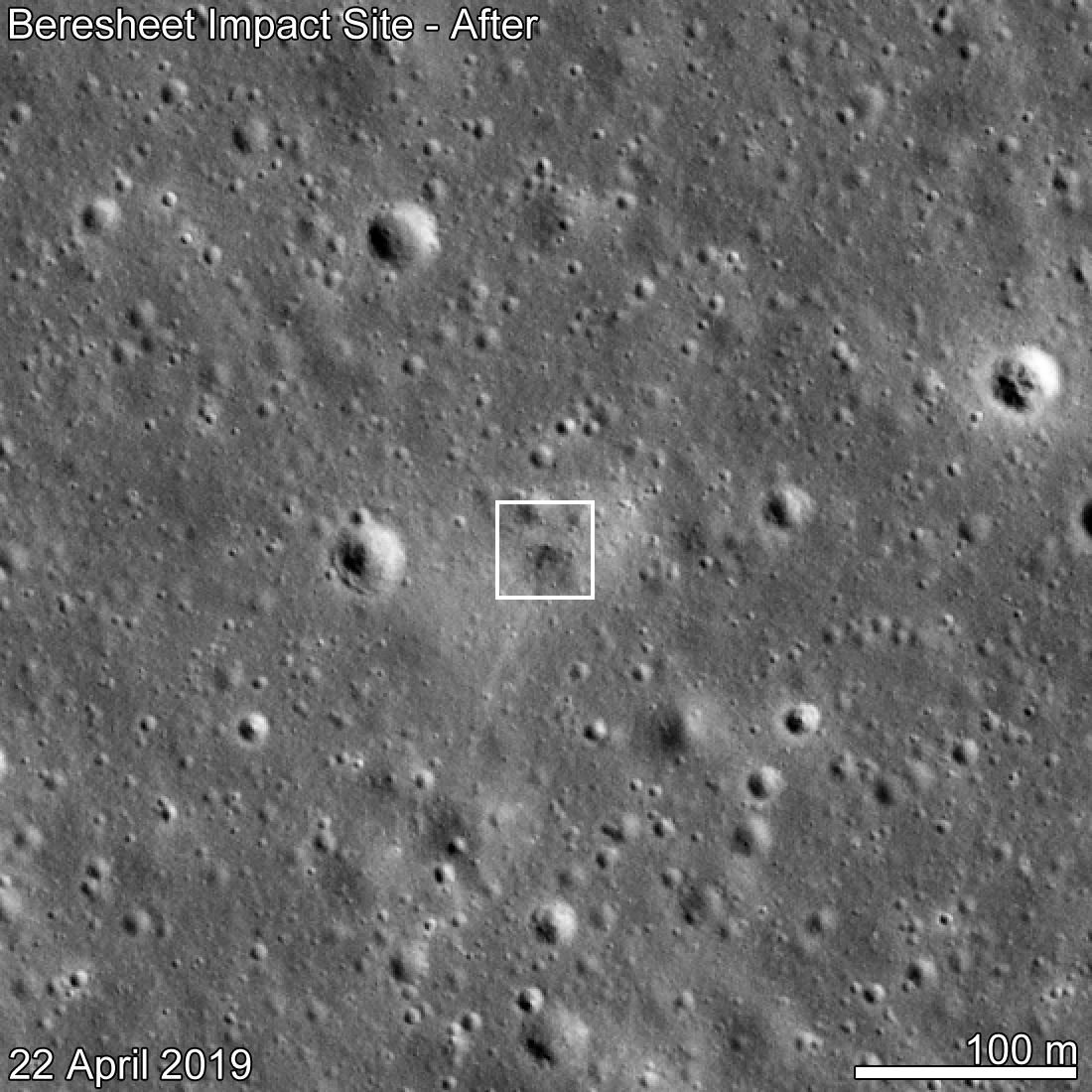Yesterday (Tuesday, Aug. 26th), SpaceX conducted the second untethered test of its Starship Hopper – and nailed it! For this test, the prototype test vehicle took off from the Boca Chica test facility, ascended to an altitude of 150 m (~500 ft) and then landed again safely. This comes just a month after the first successful hop test and brings the company one step closer to tests using their full-scale prototype.
Continue reading “SpaceX Starship Hopper Prototype Makes its Highest Hop Test So Far!”Screaming Sounds Sent to the Edge of Space, Confirming That… “In Space, No One Can Hear You Scream”
A unique, low-cost, and crowd-scream-sourced experiment has proven what all sci-fi movie fans know is true: In space, no one can hear you scream.”
That line is the tag line from the famous 1979 movie Alien, of course. And now an innovative experiment in Britain has shown that the writer of that movie was correct. To prove it, they used off-the-shelf electronics, an inexpensive balloon, and the recorded screams from a mother in South Africa.
Continue reading “Screaming Sounds Sent to the Edge of Space, Confirming That… “In Space, No One Can Hear You Scream””There Should Be More Iron In Space. Why Can’t We See It?
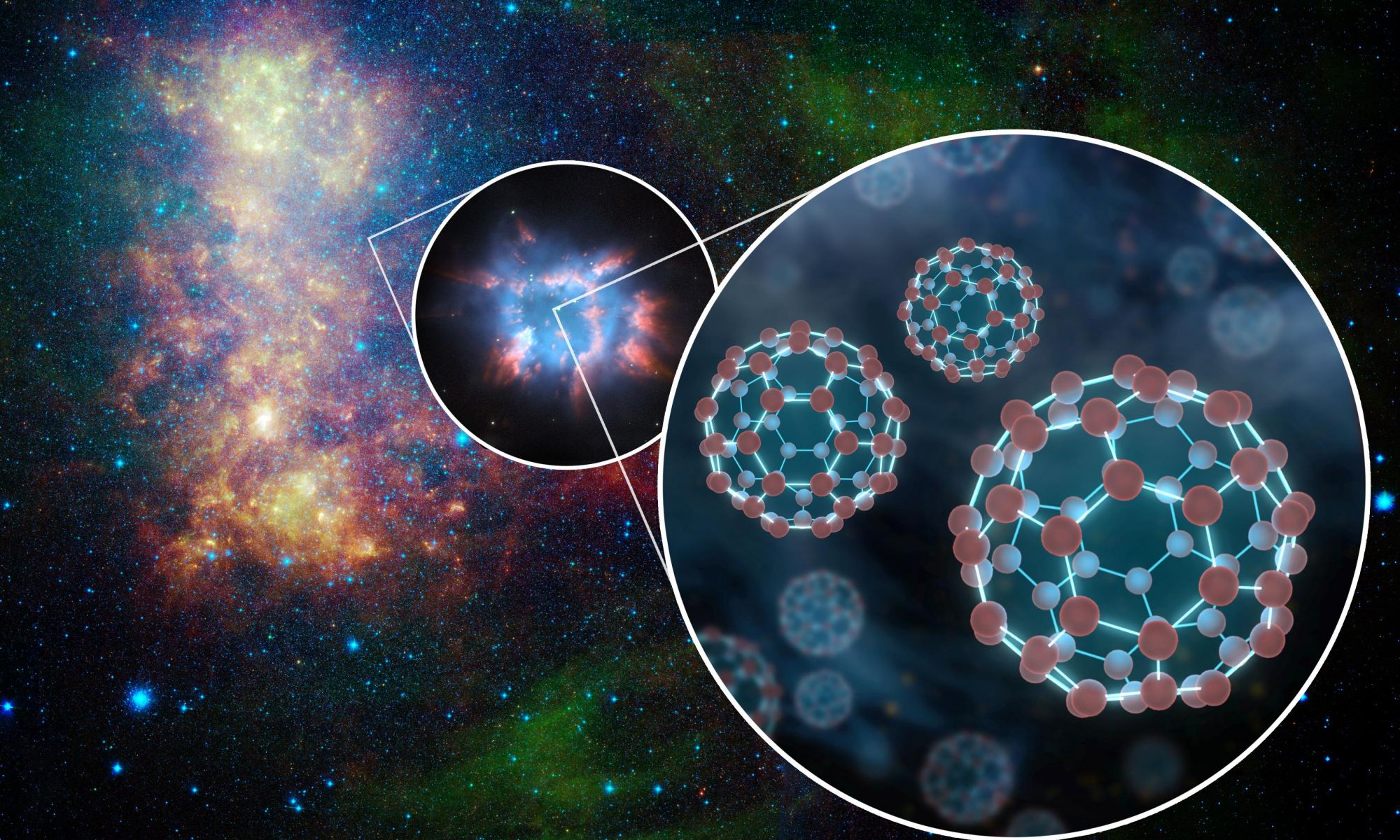
Iron is one of the most abundant elements in the Universe, along with lighter elements like hydrogen, oxygen, and carbon. Out in interstellar space, there should be abundant quantities of iron in its gaseous form. So why, when astrophysicist look out into space, do they see so little of it?
Continue reading “There Should Be More Iron In Space. Why Can’t We See It?”LightSail 2 Mission is Going Strong and Sending Mission Info Home!
On June 25th, 2019, The Planetary Society‘s
Since reaching orbit, the LightSail 2 has been indicated that it is in good working order, as indicated by the Mission Control Dashboard recently introduced by The Planetary Society. In addition to establishing two-way communications with mission controllers and passing a battery of checkouts, the spacecraft also took its first pictures of Earth (and some selfies for good measure).
Continue reading “LightSail 2 Mission is Going Strong and Sending Mission Info Home!”French Scientists Claim to Have Created Metallic Hydrogen
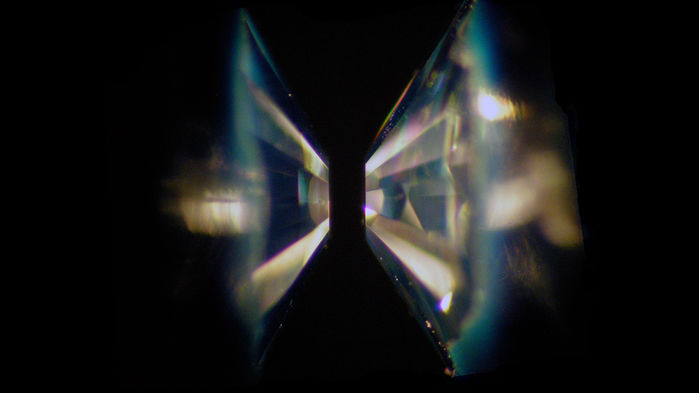
Scientists have long speculated that at the heart of a gas giant, the laws of material physics undergo some radical changes. In these kinds of extreme pressure environments, hydrogen gas is compressed to the point that it actually becomes a metal. For years, scientists have been looking for a way to create metallic hydrogen synthetically because of the endless applications it would offer.
At present, the only known way to do this is to compress hydrogen atoms using a diamond anvil until they change their state. And after decades of attempts (and 80 years since it was first theorized), a team of French scientists may have finally created metallic hydrogen in a laboratory setting. While there is plenty of skepticism, there are many in scientific community who believe this latest claim could be true.
Continue reading “French Scientists Claim to Have Created Metallic Hydrogen”Third Falcon Heavy Launch Blasts 24 Payloads Into Orbit Including a Solar Sail. Doesn’t Quite Stick the Landing
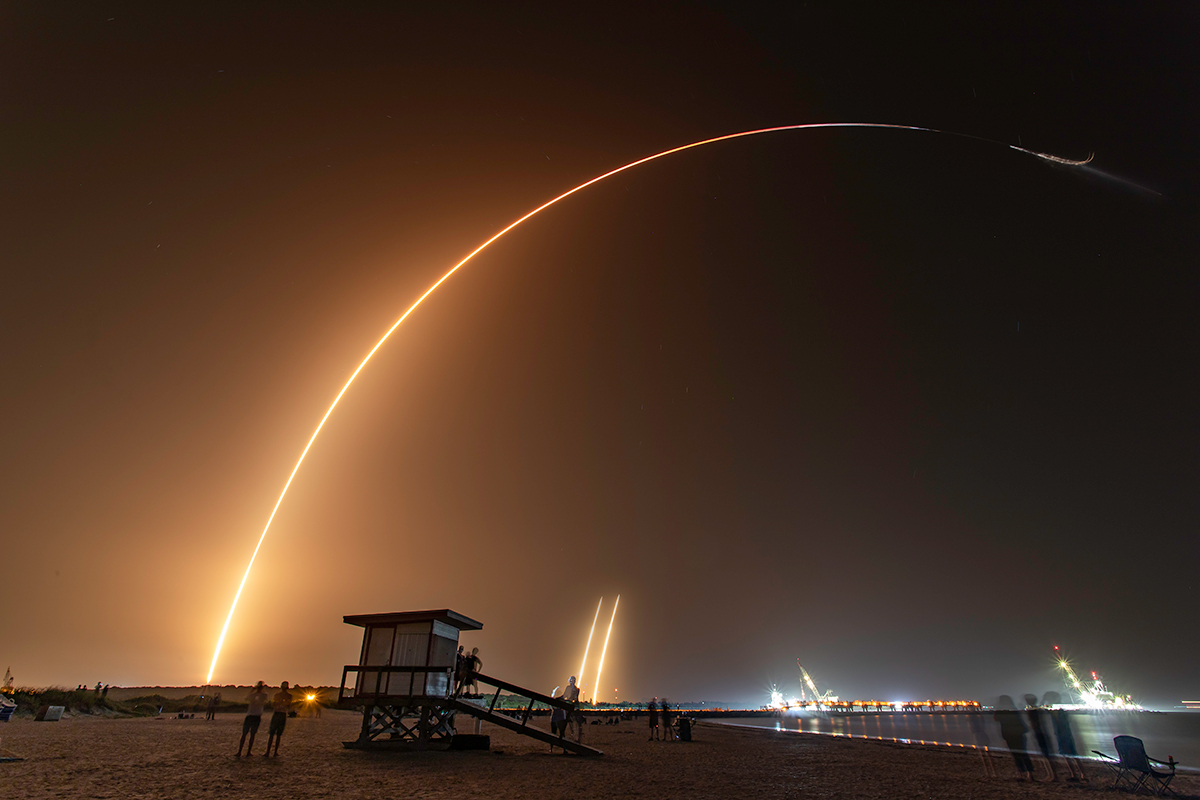
In what Elon Musk is calling their “most difficult” mission so far, SpaceX launched the Falcon Heavy rocket for the third time. The launch took place at 2:30 am ET Tuesday from a launch pad at Kennedy Space Center in Florida. The mission was called STP-2, and Universe Today sent a photographer to capture all the action.
Continue reading “Third Falcon Heavy Launch Blasts 24 Payloads Into Orbit Including a Solar Sail. Doesn’t Quite Stick the Landing”Competition Will Let You Name an Exoplanet

When it comes to naming all those exoplanets that astronomers keep finding, it’s up to the International Astronomical Union (IAU) to do the job. In an effort to reach out to the global community, they’re running a new contest. In honour of their 100 year anniversary, the IAU has organized the 100IAU NameExoWorlds event.
Continue reading “Competition Will Let You Name an Exoplanet”Don’t Worry About Asteroid 2006QV89. There’s Only a 1 in 7000 Chance It’ll Hit the Earth in September
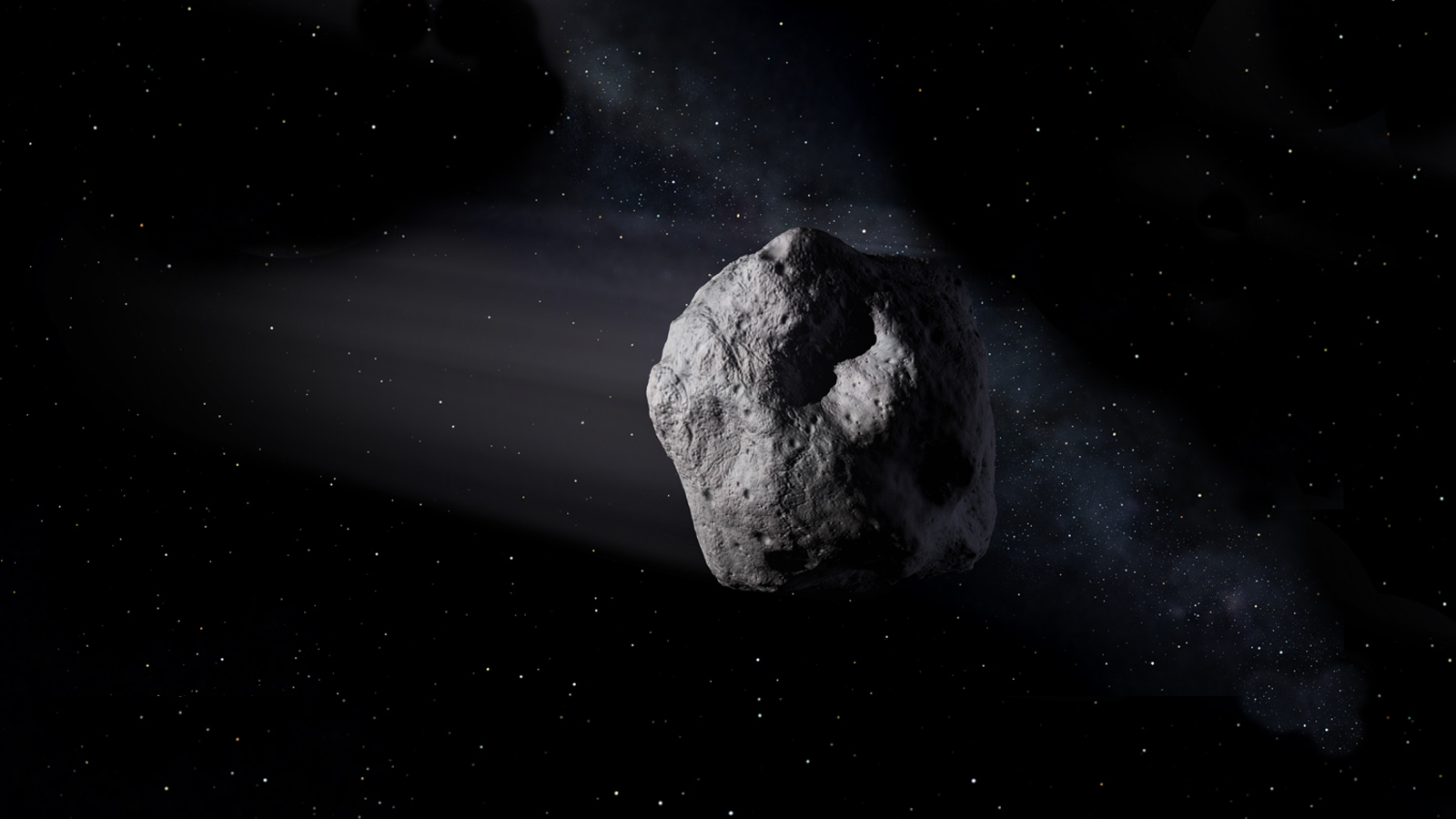
Whenever scientists announce an upcoming close encounter with an asteroid, certain corners of the internet light up like the synaptic rush that accompanies a meth binge, with panicky headlines shouted straight from the brain stem. But never mind that. We’re not that corner of the internet. We’re sober, yo!
Continue reading “Don’t Worry About Asteroid 2006QV89. There’s Only a 1 in 7000 Chance It’ll Hit the Earth in September”Europe is Working On a Reusable Space Transport System: Space Rider
The ESA is developing its own spacecraft capable of re-entry into Earth’s atmosphere. The reusable spacecraft is called the Space RIDER (Reusable Integrated Demonstrator for Europe Return), and the ESA says that the Space Rider will be ready for launch by 2022. It’s being designed to launch on the Vega-C rocket from Europe’s spaceport in Kourou, French Guiana.
Continue reading “Europe is Working On a Reusable Space Transport System: Space Rider”Here’s Where Beresheet Crashed into the Moon
The Beresheet lander came oh-so-close to touching down on the surface of the Moon, but something went wrong and it didn’t make it. Now, thanks to the Lunar Reconnaissance Orbiter, the exact point of impact can be seen.
Continue reading “Here’s Where Beresheet Crashed into the Moon”
